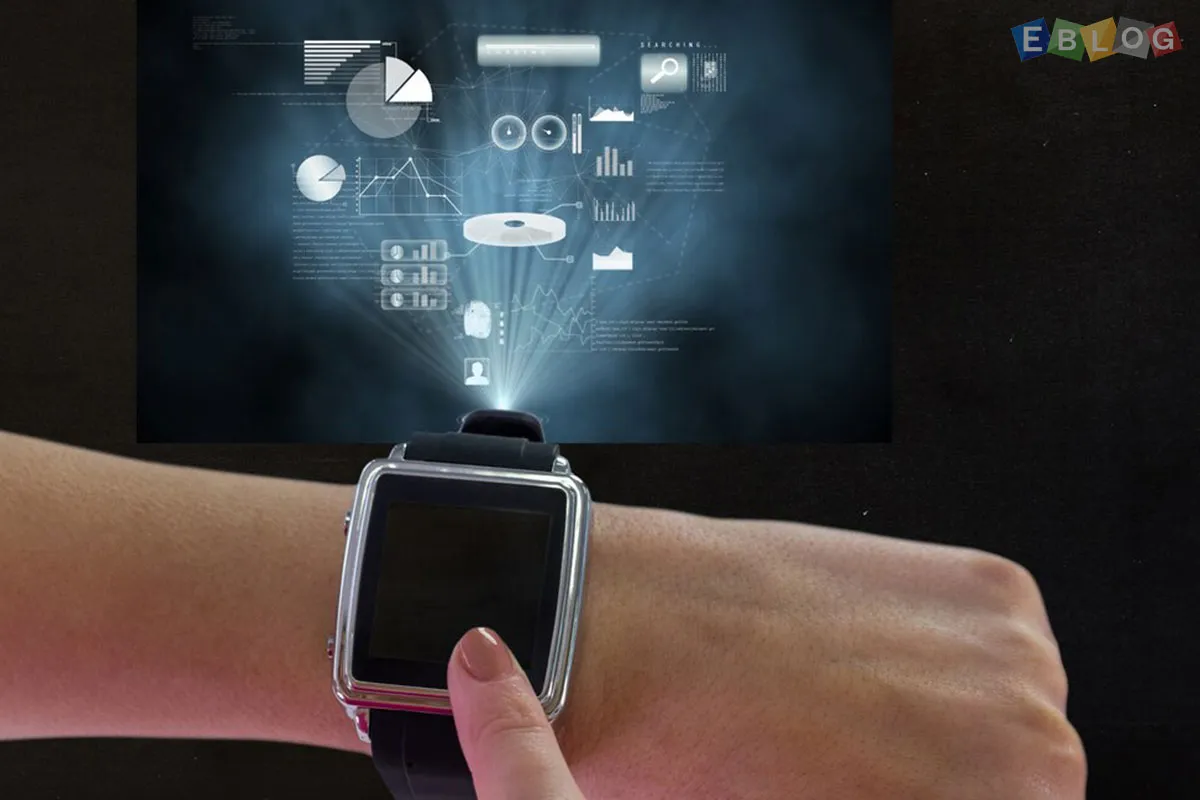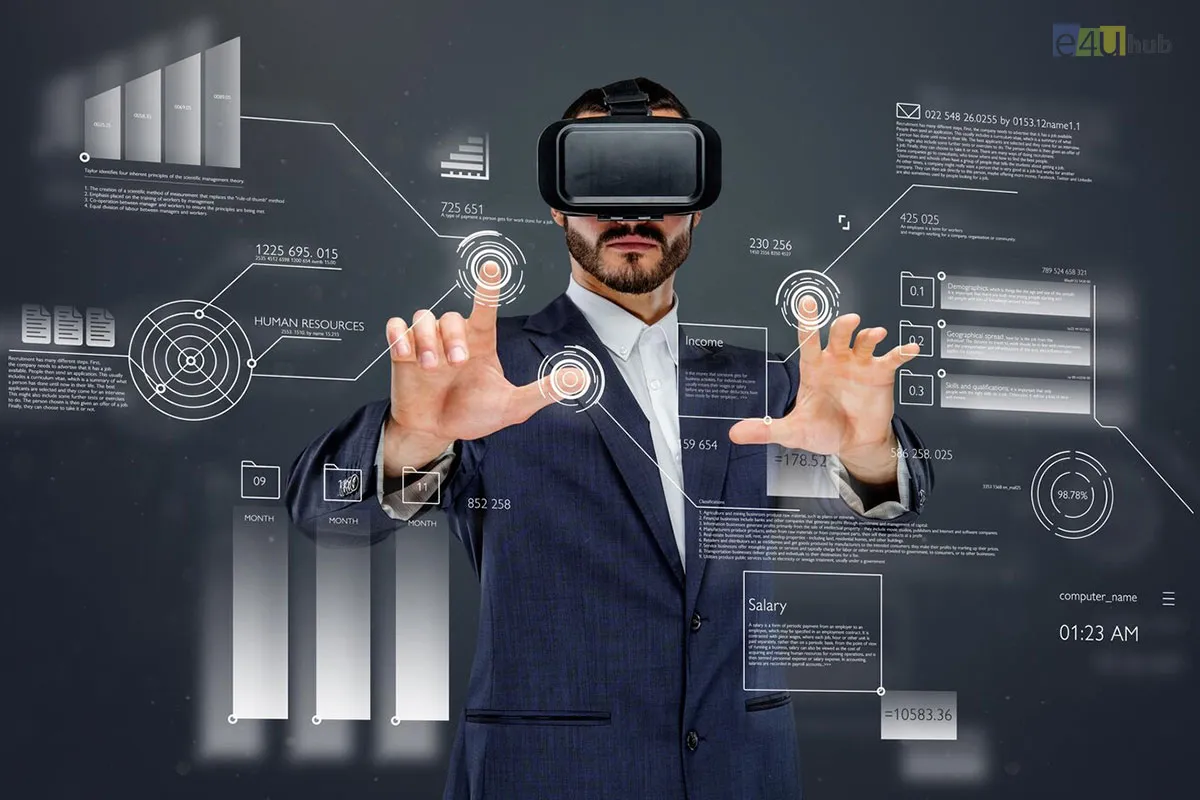
Wearable Technology: Trends, Benefits, and Future Developments
- 21 Oct, 2024
- Tech
- 496 Views
- 0 Comments
Wearable technology has evolved from a niche market into a mainstream phenomenon, revolutionizing how we interact with technology, monitor our health, and stay connected. From smartwatches to fitness trackers, these devices offer a plethora of functionalities that enhance our daily lives. As technology advances, the future of wearables looks even more promising. In this blog, we’ll explore the current trends, the benefits of wearable technology, and what the future holds.
1. Current Trends in Wearable Technology
a. Health Monitoring and Fitness Tracking: Wearable devices are increasingly focused on health and wellness. Smartwatches and fitness trackers can monitor heart rate, track sleep patterns, and even measure blood oxygen levels. The rise of health-conscious consumers has fueled demand for devices that provide real-time health data.
b. Integration with Smart Home Devices: Many wearables are now designed to integrate seamlessly with smart home technology. This allows users to control home devices—like lights and thermostats—directly from their wrist, enhancing convenience and creating a more connected lifestyle.
c. Fashion Meets Function: As wearables become more prevalent, fashion brands are collaborating with tech companies to create stylish devices. This fusion of aesthetics and technology aims to make wearables more appealing to a broader audience, moving beyond their traditional tech-savvy user base.
d. Augmented Reality (AR): Devices like smart glasses are beginning to incorporate augmented reality features, allowing users to overlay digital information onto the real world. This technology has applications in various fields, from gaming to healthcare and navigation.
e. Workplace Integration: Wearable technology is making its way into the workplace. Devices that monitor employee health and productivity can provide valuable insights for employers, leading to healthier, more efficient work environments.
2. Benefits of Wearable Technology
a. Enhanced Health Monitoring: One of the primary benefits of wearables is their ability to provide continuous health monitoring. Users can track vital signs, activity levels, and sleep quality, empowering them to make informed health decisions and seek medical advice when necessary.
b. Convenience and Connectivity: Wearables keep users connected without needing to reach for their smartphones. Notifications, calls, and messages can be accessed directly from the wrist, allowing for quick interactions while on the go.
c. Motivation and Accountability: Fitness trackers often include features like goal setting, reminders, and social sharing. These functionalities encourage users to stay active and accountable to their health and fitness objectives.
d. Real-Time Data Collection: For athletes and fitness enthusiasts, wearables provide real-time data that can help optimize performance. Metrics like heart rate variability, pace, and calories burned can inform training regimens and recovery strategies.
e. Personalization: Many wearable devices use machine learning algorithms to analyze user data and provide personalized insights. This customization enhances user experience and makes the technology more relevant to individual needs.
3. Future Developments in Wearable Technology
a. Advanced Health Monitoring: The future of wearables will likely see even more advanced health monitoring capabilities, such as non-invasive blood glucose monitoring and real-time stress level assessments. These innovations could be life-changing for individuals managing chronic conditions.
b. Improved Battery Life and Design: Future wearables are expected to feature longer battery life and more ergonomic designs. Innovations in battery technology and materials will enhance user comfort and usability.
c. Integration with Artificial Intelligence (AI): AI will play a significant role in the evolution of wearables. Enhanced algorithms will allow devices to analyze data more effectively, providing actionable insights and predictive health assessments.
d. Increased Focus on Mental Health: As awareness of mental health grows, wearable technology will likely incorporate features that monitor stress levels, provide mindfulness reminders, and track emotional well-being.
e. Expansion into New Markets: Wearable technology will continue to expand beyond fitness and health. Industries such as education, retail, and manufacturing may adopt wearables for training, customer engagement, and productivity enhancement.
f. Privacy and Security Enhancements: As wearables collect vast amounts of personal data, ensuring user privacy and data security will be paramount. Future developments will likely focus on creating robust security measures to protect sensitive information.
4. Conclusion
Wearable technology is transforming our lives in numerous ways, from health monitoring to enhancing connectivity. As trends continue to evolve, the benefits of wearables will only grow, offering new opportunities for personal wellness and productivity. With exciting developments on the horizon, the future of wearable technology promises to be innovative, impactful, and integral to our everyday lives. Embracing these advancements can lead to a healthier, more connected, and more efficient future.















Leave a Reply